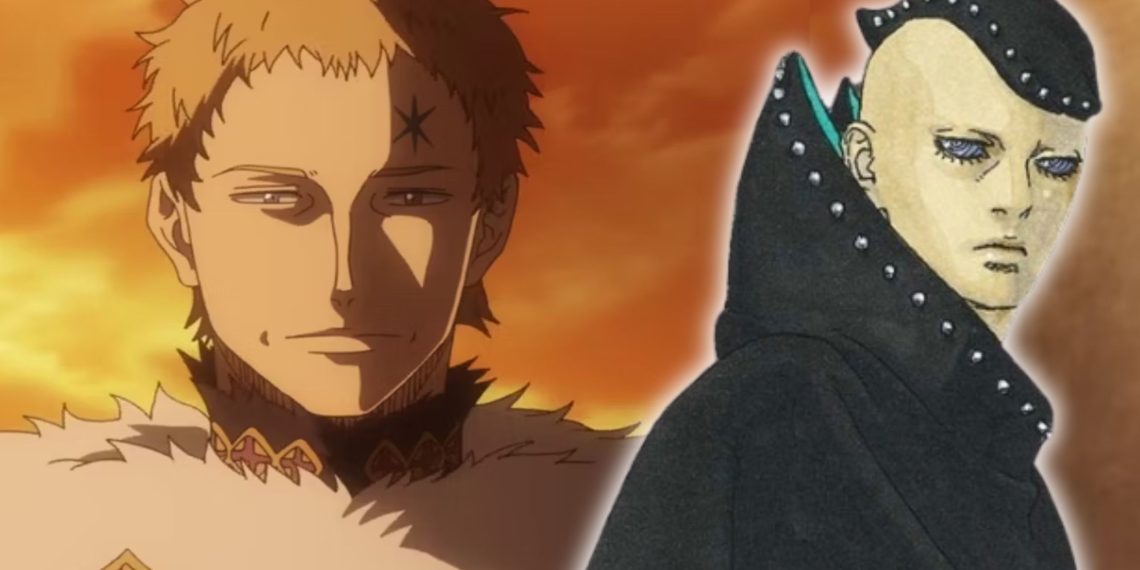Since the release of the Boruto: Two Blue Vortex manga, fans of the Boruto series have been ecstatic.
The excitement largely stems from the long-anticipated time skip that fans have been eagerly awaiting since the Naruto Next Generations manga series first began its serialization back in 2016.
The time skip promised significant developments in the story, and with each new chapter, fans find themselves deeply engaged, theorizing and speculating about the future of their favorite characters and plotlines for days on end.
However, with great hype comes inevitable debate and discussion, especially within the larger manga community.
A segment of Boruto fans has a tendency to raise manga author Masashi Kishimoto as one of the most innovative and creative creators in the manga world.
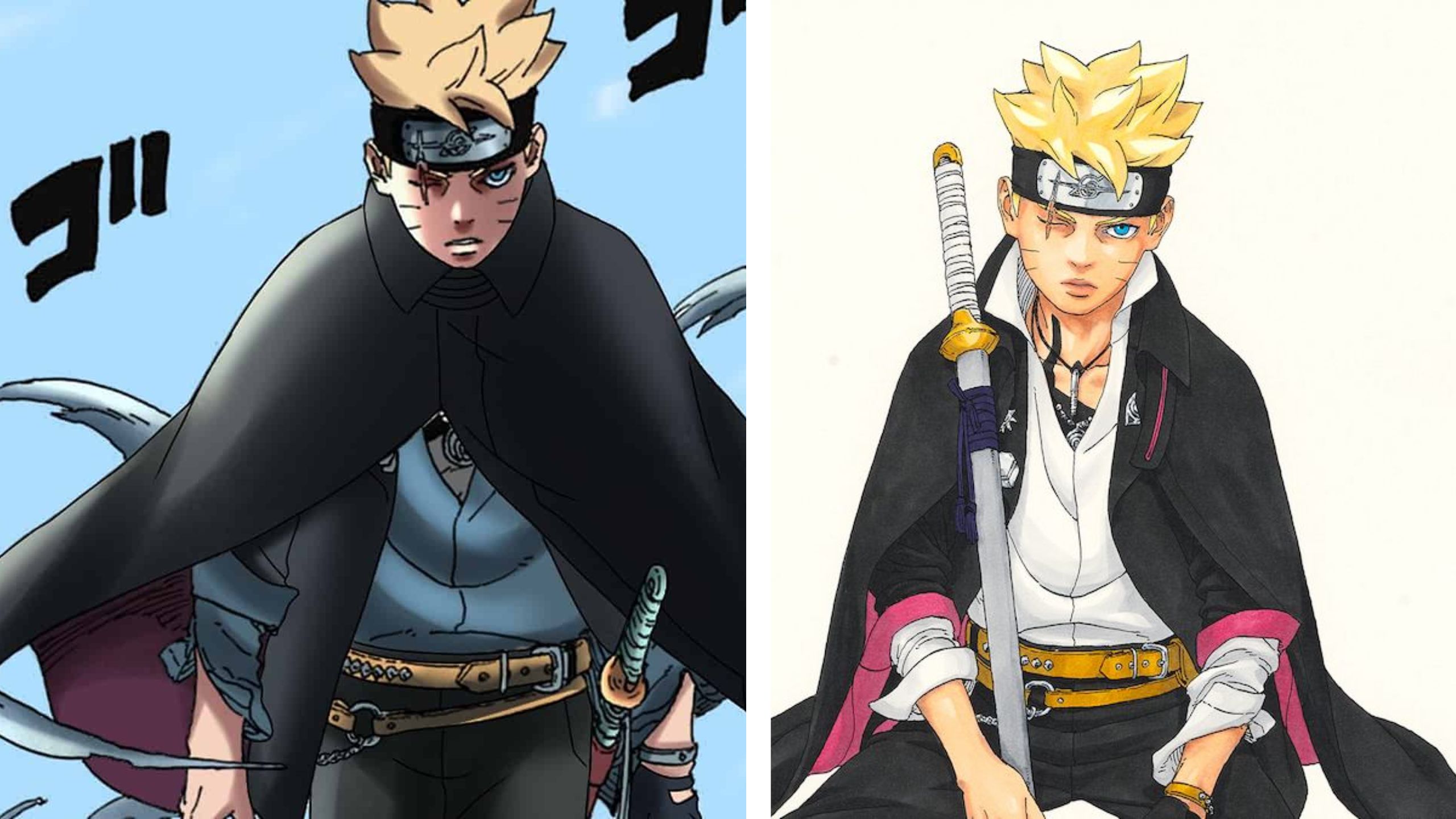
This has led to various discussions where others in the community highlight different mangas that have possibly inspired some of the developments in the Naruto series, particularly during its early days.
Surprisingly, Boruto: Two Blue Vortex has not been immune to such accusations.
Recently, there has been speculation that the concept of the Divine Trees, a significant plot element in the manga, may have been inspired by the Paladins from Black Clover.
Divine Trees in Boruto: Two Blue Vortex and Their Possible Connection to Black Clover’s Paladins
To understand this potential connection, it’s essential to look at the Black Clover manga, where Yuki Tabata introduced the concept of Paladins in August 2022.
In this storyline, Lucius Zogratis, a key antagonist, utilized his Soul Magic to purify devils and their powers. He then incarnated these devils into humans, transforming them into archangels, also known as Paladins.
Lucius Zogratis didn’t limit himself to only living individuals to create these Paladins. He also had the ability to resurrect deceased humans and turn them into Paladins.
Interestingly, Lucius didn’t discriminate between good and evil when choosing who to transform into Paladins.
He converted both allies and former adversaries into these powerful beings. However, once transformed, the Paladins did not retain their human nature entirely.
Lucius’s influence over them was so powerful that it overrode their original beliefs, compelling them to act according to his desires and commands.
This change was evident during the “Judgement Day” arc, where the Paladins did not indiscriminately attack every Magic Knight they encountered.
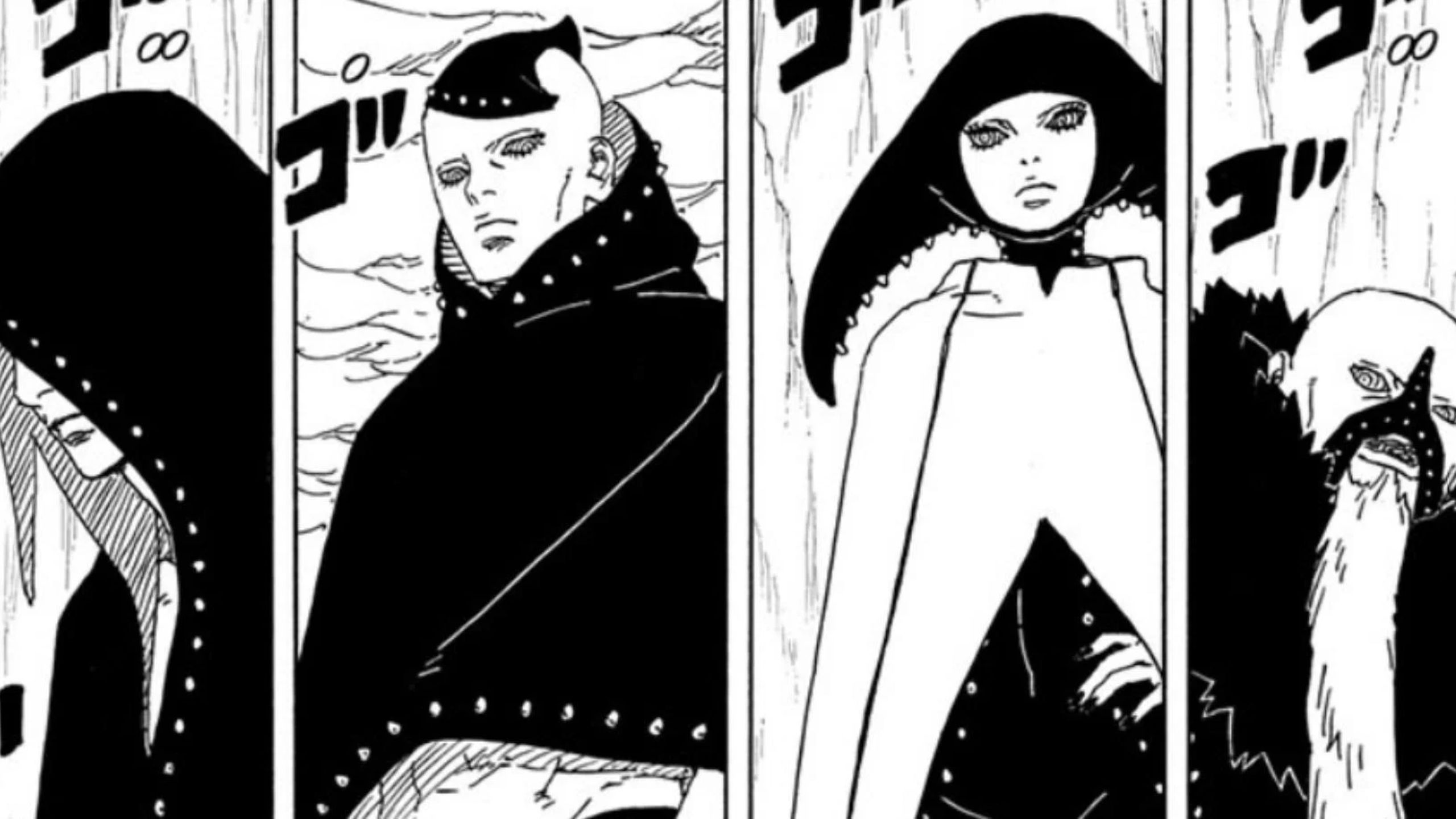
Instead, they specifically targeted individuals with whom their human forms had a prior connection or those who piqued their current interests.
For instance, Morgen Faust, as a Paladin, sought out Yami Sukehiro and Jack the Ripper, while Acier Silva targeted her children, and Morris Libardirt confronted Mereoleona Vermillion.
This selective targeting highlighted how the Paladins, while retaining some connections to their former selves, were fundamentally altered in their goals and motivations.
In hindsight, the Paladins in Black Clover were antagonists who could be based on any character within the series, irrespective of their previous roles as allies or enemies.
Their personalities were reshaped, often becoming more ruthless and single-minded, and they chose their targets based on past connections or current interests, rather than random chance.
Fast forward a year later, in August 2023, when Masashi Kishimoto and Mikio Ikemoto began serializing the Boruto: Two Blue Vortex manga.
This series introduced the Divine Trees, which share intriguing similarities with the Paladins from Black Clover.
The Divine Trees serve as antagonists within the Boruto universe and, much like the Paladins, they can be based on any character from the series.
In the Boruto manga, if a character is alive, they need to be bitten by Claw Grime to become associated with the Divine Trees.
For deceased characters, the exact mechanics of their transformation haven’t been fully explained yet.
However, in chapter 4 of the manga, there’s a hint that Jura, a prominent character, could be based on a previously deceased individual.
This has led fans to speculate that Jura might be a reincarnation or a transformation of Isshiki Otsutsuki or Jigen, both of whom are significant figures in the Naruto and Boruto lore.
Furthermore, similar to the Paladins, the Divine Trees do not retain the original human personalities of the characters they are based on.
However, they do display a tendency to target individuals who were related to them in some way in their past lives.
For example, Hidari, a character in Boruto: Two Blue Vortex, specifically targets Sarada Uchiha.
Similarly, Matsuri goes after Konohamaru Sarutobi, and Mamushi targets Eida, showcasing a pattern where the Divine Trees are drawn to individuals with whom they share a past connection.
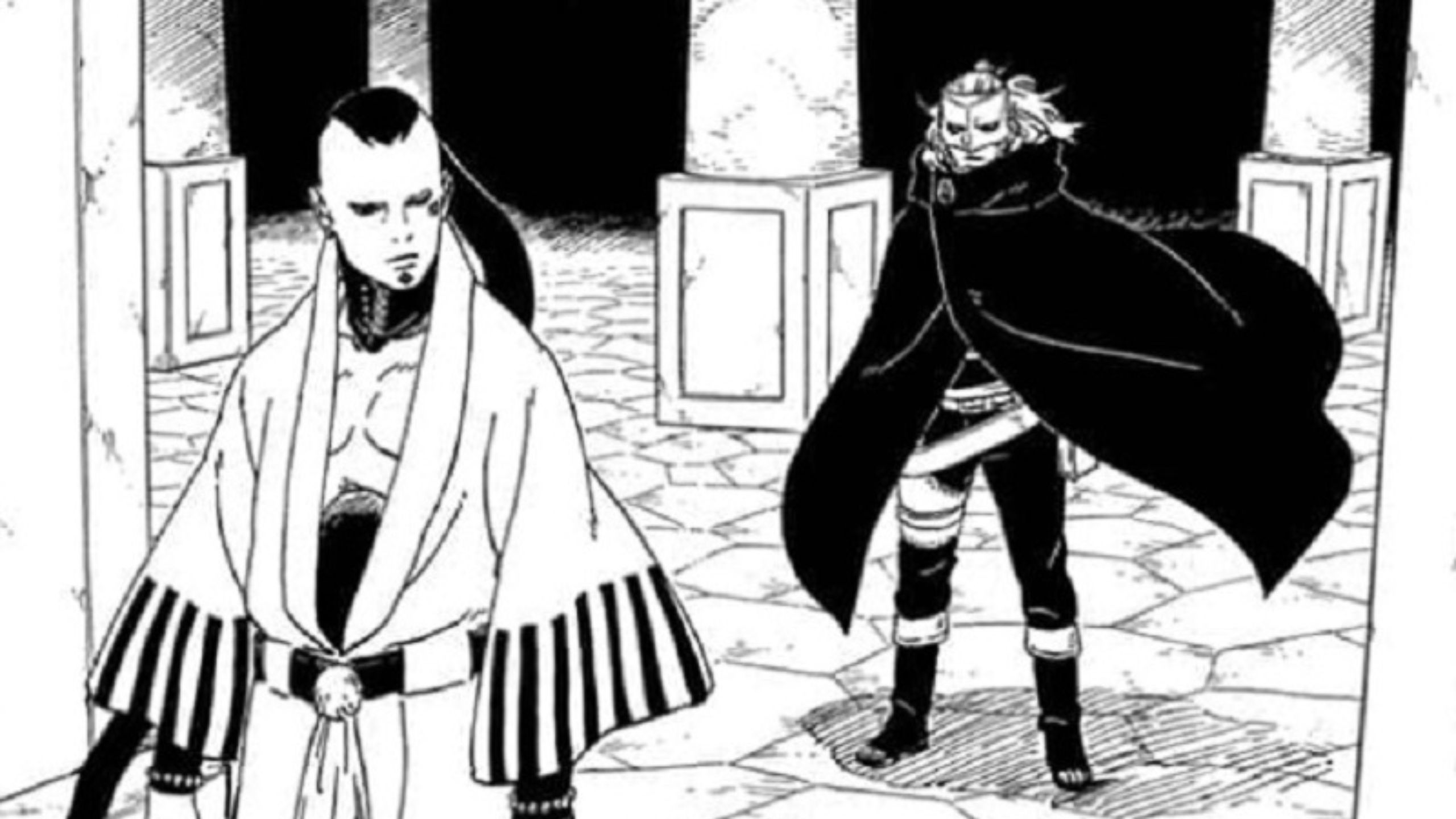
Given these developments, some fans might argue that the storyline involving the Divine Trees was a well-thought-out plotline planned from the very beginning of the Naruto Next Generations manga.
However, this hasn’t stopped others from accusing the manga of drawing inspiration from elsewhere, particularly from Black Clover.
Broader Implications and Other Potential Inspirations
The debate over the originality of the Divine Trees concept in Boruto: Two Blue Vortex is part of a broader discussion about how manga creators often draw inspiration from various sources, be it other manga, anime, or even Western media.
For instance, one of the recent abilities showcased in Boruto: Two Blue Vortex is Kashin Koji’s Prescience.
This ability allows him to foresee potential future events, guiding his actions in the present. However, this power isn’t entirely new or unique to the Boruto series.
Fans of Western media were quick to draw comparisons between Kashin Koji’s Prescience and Doctor Strange’s ability from Avengers: Endgame.
In the movie, Doctor Strange uses his powers to view over 14 million possible futures, ultimately finding the one scenario in which the Avengers can defeat Thanos.
This similarity has led some fans to suggest that Kashin Koji’s ability might have been inspired by Doctor Strange’s iconic moment.
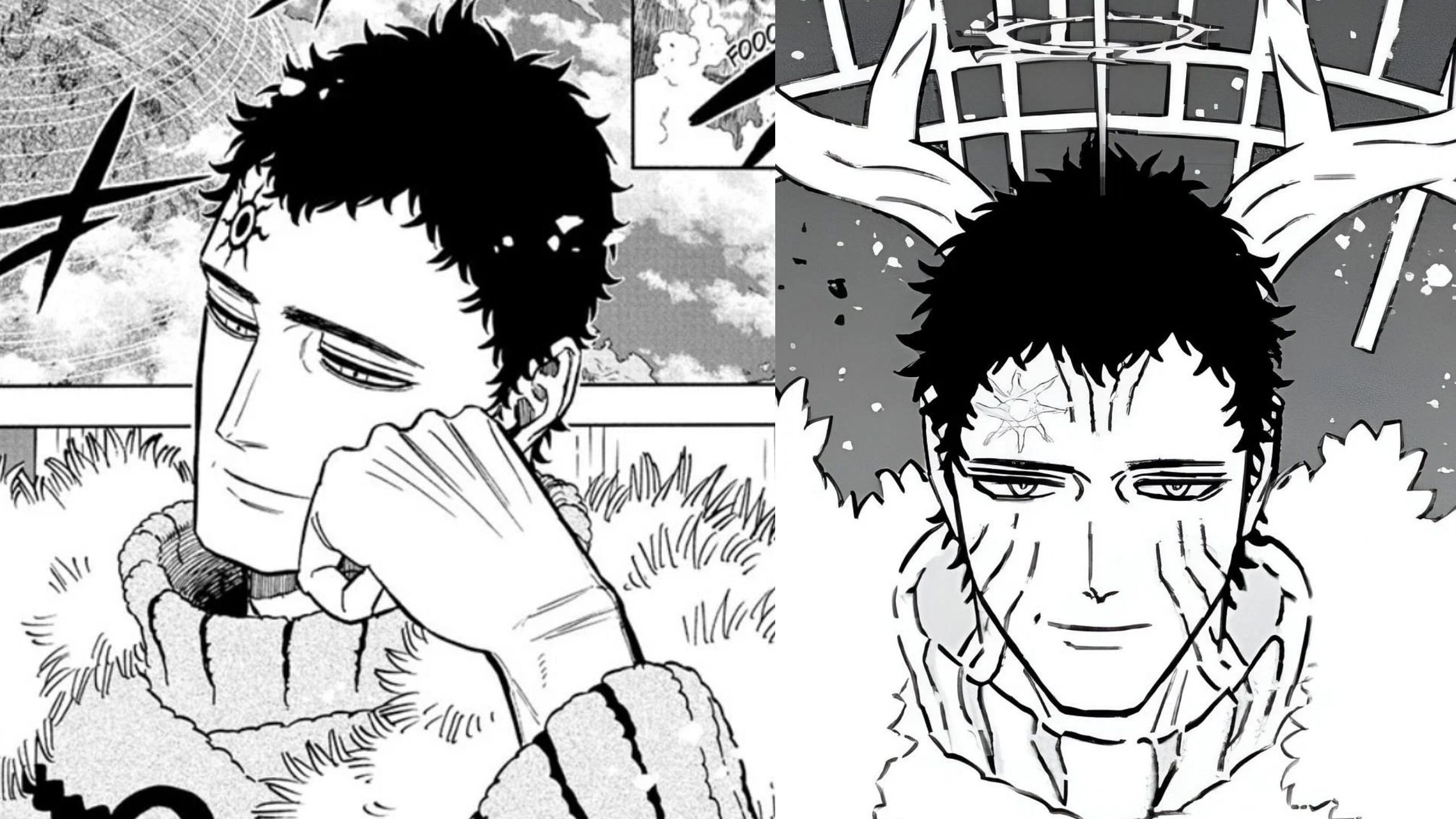
Even within the manga world, similar abilities exist. In Black Clover itself, Lucius Zogratis employs Time Magic to explore multiple timelines, allowing him to select the best possible path to achieve his goals.
This narrative device of exploring multiple futures to find the optimal one is not new, but its use in Boruto: Two Blue Vortex has sparked discussions about whether it was inspired by these earlier examples.
Given these comparisons, fans of Masashi Kishimoto and Boruto may find themselves defending the manga against accusations of borrowing ideas from other sources.
This isn’t the first time such discussions have arisen, and it likely won’t be the last, especially in a creative field where ideas often overlap and influence each other.
Nature of Creativity and Influence in Manga
The ongoing debate about whether the Divine Trees in Boruto: Two Blue Vortex were inspired by Black Clover’s Paladins raises important questions about the nature of creativity and influence in the manga industry.
It’s essential to recognize that manga, like all forms of art, doesn’t exist in a vacuum.
Creators are often influenced by the works of others, whether consciously or subconsciously, and this cross-pollination of ideas can lead to richer, more complex narratives.
In the case of Boruto and Black Clover, it’s possible that the similarities between the Divine Trees and the Paladins are coincidental, or they may be the result of both series drawing from similar mythological or thematic inspirations.
For example, the concept of beings that transcend death and are reborn with altered personalities is a common trope in many cultures and religions.
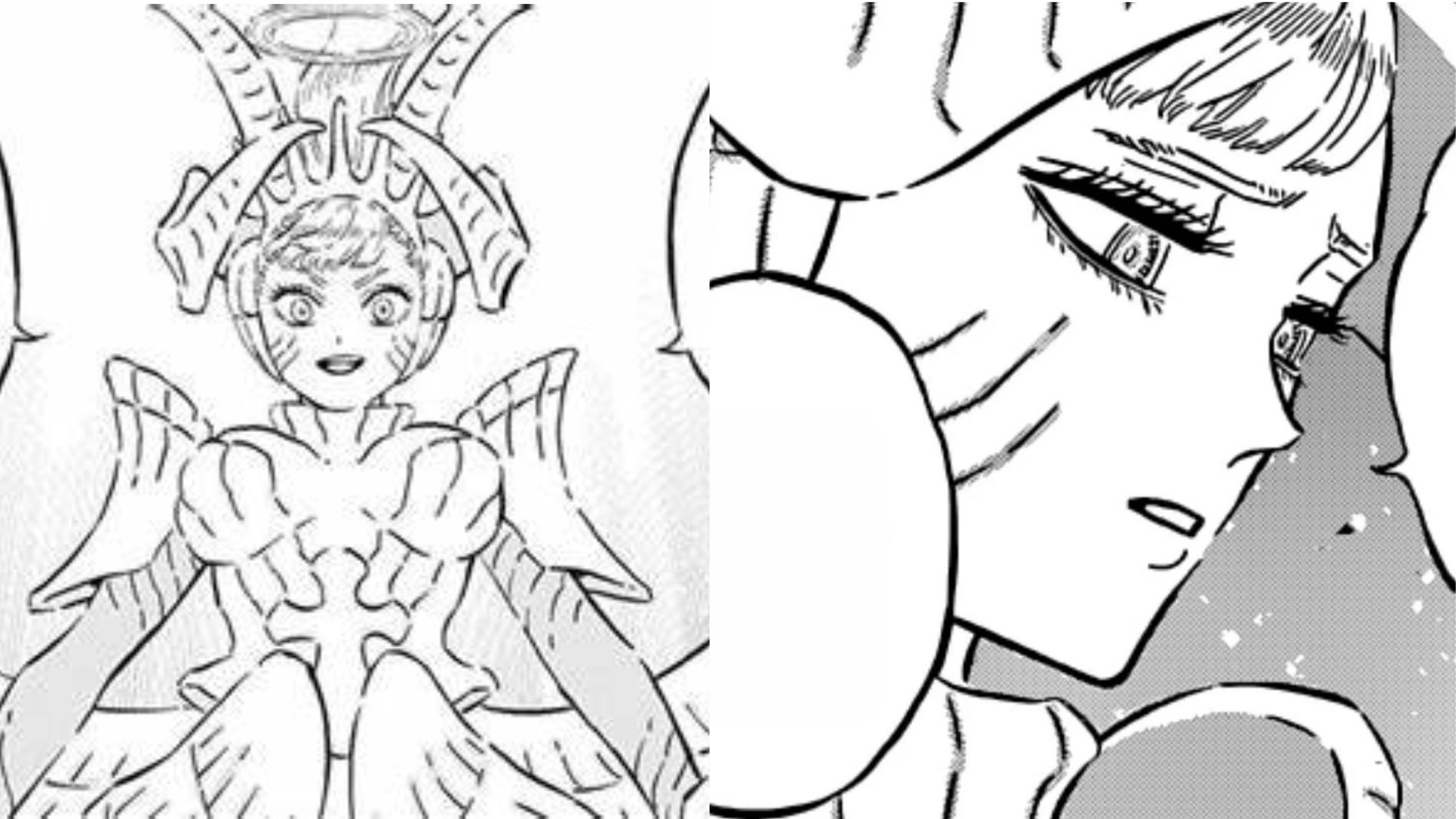
This idea has been explored in various forms of media, from ancient myths to modern films, so it’s not surprising that it would appear in multiple manga series as well.
Moreover, even if Kishimoto did draw some inspiration from Black Clover or other sources, this doesn’t diminish the creativity and originality of his work.
The true test of a creator’s skill lies not in the originality of individual elements, but in how they combine and reinterpret those elements to create something new and compelling.
In Boruto: Two Blue Vortex, the Divine Trees serve as a fascinating and complex addition to the series’ lore.
They offer new challenges for the characters and provide a fresh way to explore themes of legacy, identity, and the impact of the past on the present.
Whether or not they were inspired by Black Clover, they contribute to the unique world of Boruto and help to move the story forward in exciting new directions.
As with any popular manga series, Boruto: Two Blue Vortex has generated a wide range of reactions from fans.
Some are thrilled by the new developments and eagerly anticipate each new chapter, while others are more critical, pointing out what they see as flaws or unoriginal elements in the story.
The ongoing debate about the Divine Trees and their possible connection to Black Clover is just one example of how passionate the Boruto fanbase can be.
These discussions, while sometimes contentious, are a testament to the impact that the series has had on its readers.
They show how deeply invested fans are in the Boruto world and how much they care about the story and its characters.
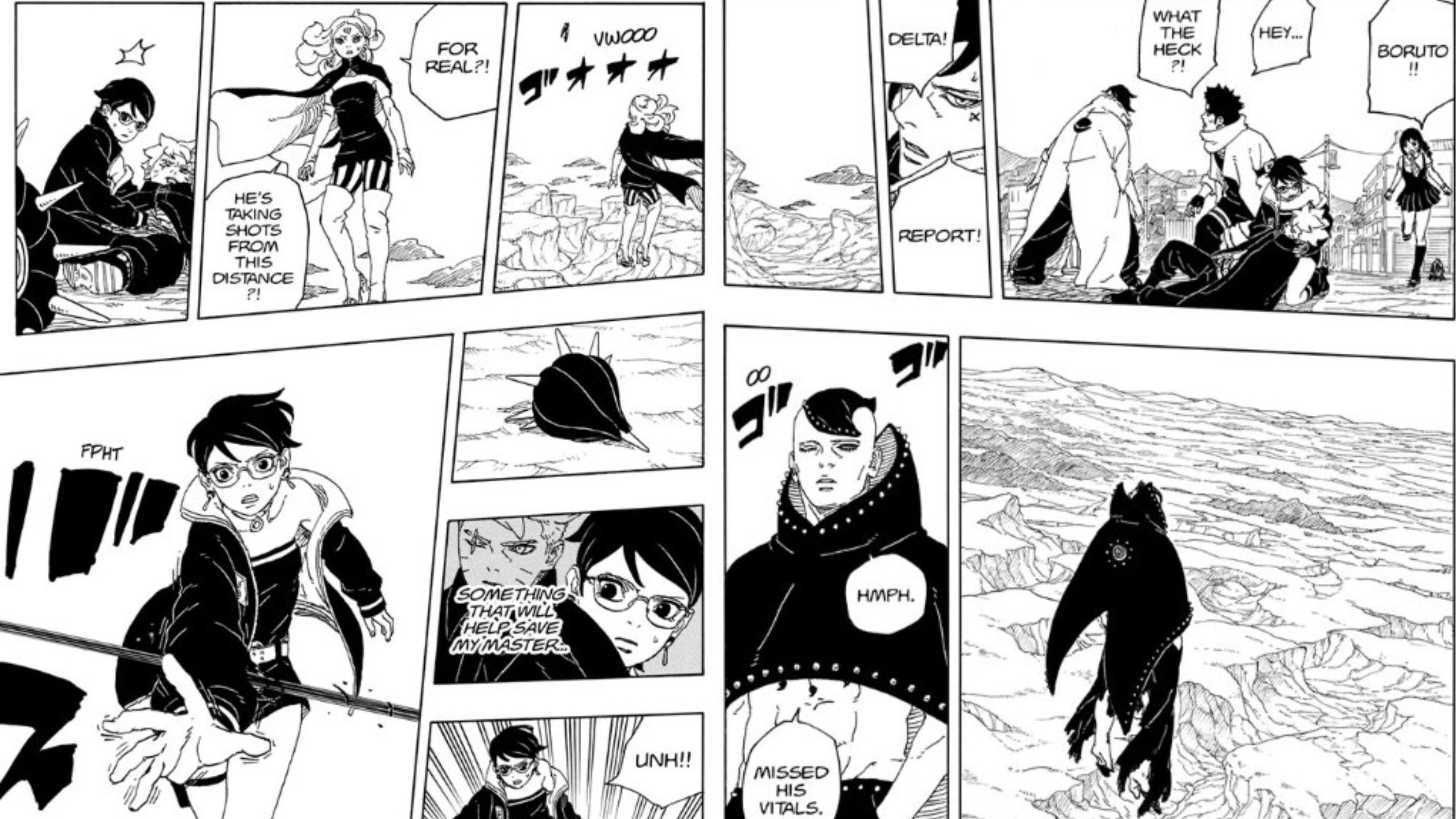
Looking ahead, it will be interesting to see how Boruto: Two Blue Vortex continues to evolve.
Will the Divine Trees play a more significant role in the story, or will they be just one of many challenges that the characters must face?
How will the series address the comparisons to Black Clover and other influences as it progresses? These are questions that fans are eager to see answered as the narrative unfolds.
Role of Intertextuality in Manga and Anime
One of the fascinating aspects of manga and anime is the concept of intertextuality, where creators reference, draw inspiration from, or pay homage to other works within their narratives.
This practice is not unique to manga; it’s prevalent across all forms of art and literature.
Intertextuality enriches stories by allowing creators to engage in a dialogue with other works, adding layers of meaning that can enhance the experience for knowledgeable audiences.
In the case of Boruto: Two Blue Vortex and its possible parallels with Black Clover, this intertextuality could be seen as a form of artistic conversation.
Whether intentional or not, the similarities between the Divine Trees and the Paladins invite fans to explore the connections between the two series.
It allows them to appreciate how different creators approach similar themes, such as resurrection, identity, and the manipulation of life and death.
For fans of both Boruto and Black Clover, these connections can add a new dimension to their reading experience.
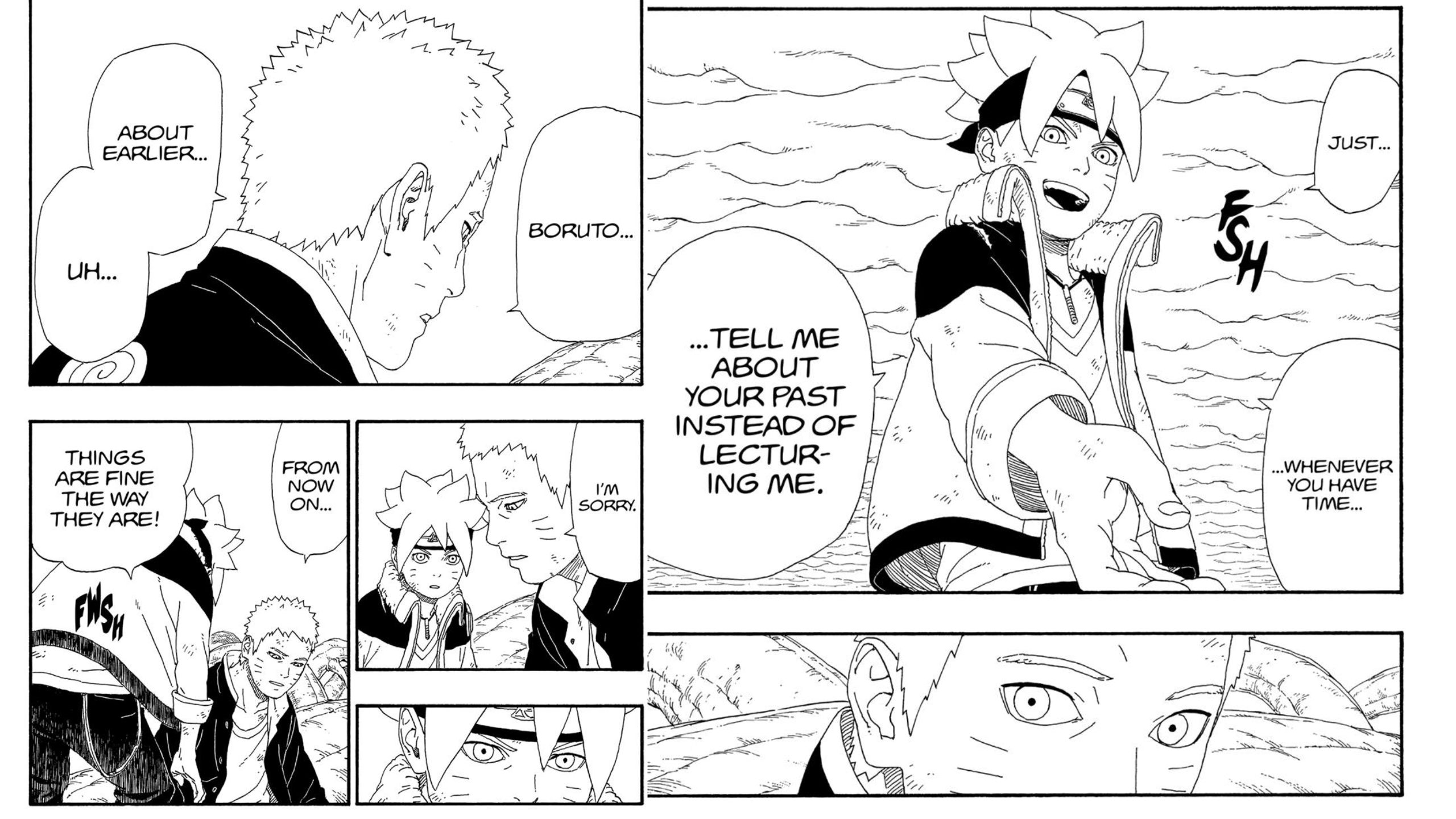
They can analyze how Kishimoto and Tabata tackle these themes in their respective works, noting the differences in execution, tone, and narrative purpose.
This comparative analysis not only deepens their understanding of each series but also highlights the creative variety within the manga industry.
Originality vs. Execution in Manga
Another important aspect to consider in this discussion is the balance between originality and execution in storytelling.
While originality is highly valued, it’s often the execution of an idea that determines its success.
A concept that may seem familiar or derivative can be transformed into something extraordinary through skillful writing, character development, and world-building.
In the case of Boruto: Two Blue Vortex, even if the Divine Trees were inspired by Black Clover’s Paladins, Kishimoto’s unique take on the concept could still offer fresh perspectives and compelling storytelling.
The way he integrates the Divine Trees into the Boruto universe, how they interact with the established lore, and the impact they have on the characters can all contribute to making the concept his own.
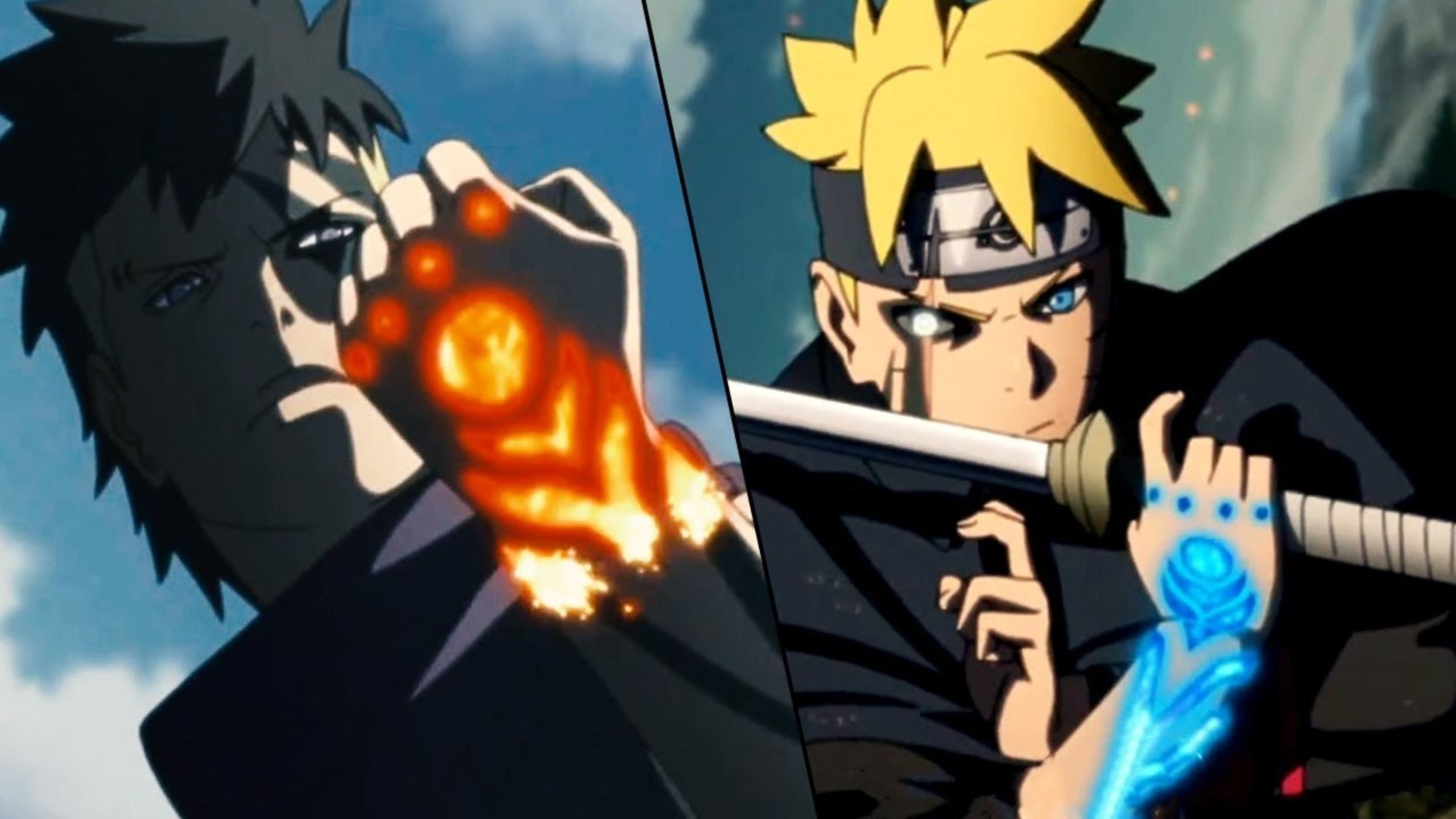
Furthermore, manga as a medium often thrives on the reinterpretation of familiar ideas.
Many iconic manga series, from Dragon Ball to One Piece, have drawn inspiration from earlier works, myths, or even Western literature and cinema.
What sets these series apart is not necessarily their original ideas, but how they reimagine and raise those ideas within their unique worlds.
Legacy of Masashi Kishimoto and Boruto
Masashi Kishimoto’s legacy as the creator of Naruto and his contributions to the Boruto series cannot be understated.
Naruto became one of the most beloved and influential manga series of all time, leaving an indelible mark on the shonen genre and inspiring countless creators and fans alike.
Boruto, as a continuation of that legacy, carries the weight of those expectations while also trying to carve out its own identity.
Kishimoto’s decision to introduce the Divine Trees in Boruto: Two Blue Vortex can be seen as part of his ongoing effort to expand and deepen the Naruto universe.
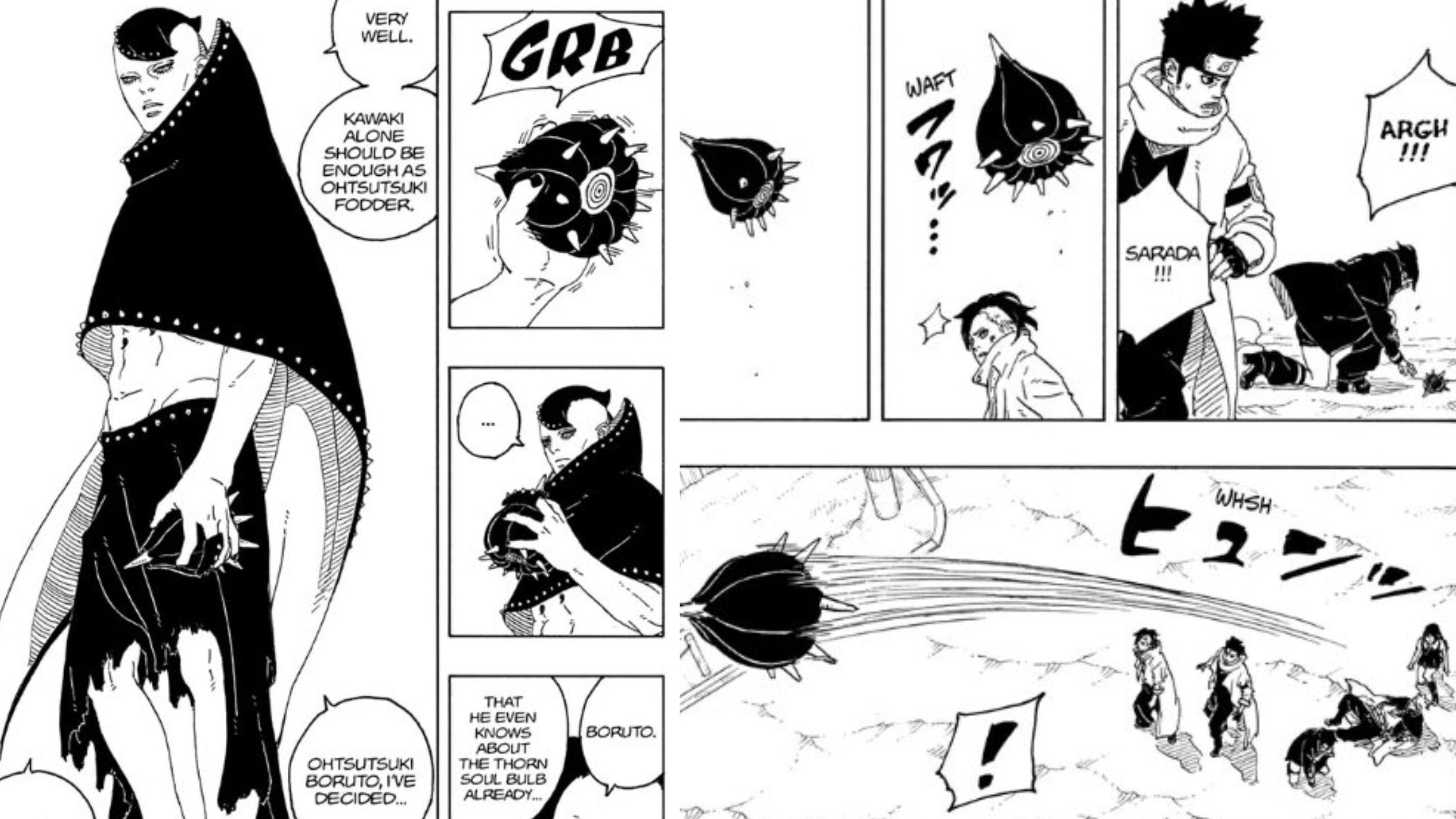
By exploring new themes and introducing fresh challenges for the next generation of characters, he ensures that Boruto remains relevant and engaging for both longtime fans and new readers.
At the same time, Kishimoto’s work is subject to the same scrutiny and criticism that any popular creator faces.
Fans and critics alike will continue to analyze his choices, compare them to other works, and debate their merits.
This discourse, while sometimes contentious, is ultimately a sign of the impact that Kishimoto’s work has had on the manga community.
Evolving Story of Boruto and Its Inspirations
As Boruto: Two Blue Vortex continues to develop, the discussions around its inspirations and originality are likely to persist.
The introduction of the Divine Trees has already sparked debates among fans, particularly regarding their similarities to Black Clover’s Paladins.
Whether these similarities are the result of direct inspiration, shared thematic interests, or mere coincidence, they have added an intriguing layer to the ongoing narrative.
For fans of the series, the most important thing is how these elements are woven into the story and how they contribute to the characters’ growth and the final plot.
As Boruto forges ahead, it will be fascinating to see how Kishimoto and his team build upon these foundations, perhaps even addressing the criticisms and comparisons in ways that surprise and delight the audience.
Ultimately, Boruto: Two Blue Vortex stands as a testament to the complex, interwoven nature of storytelling in manga.
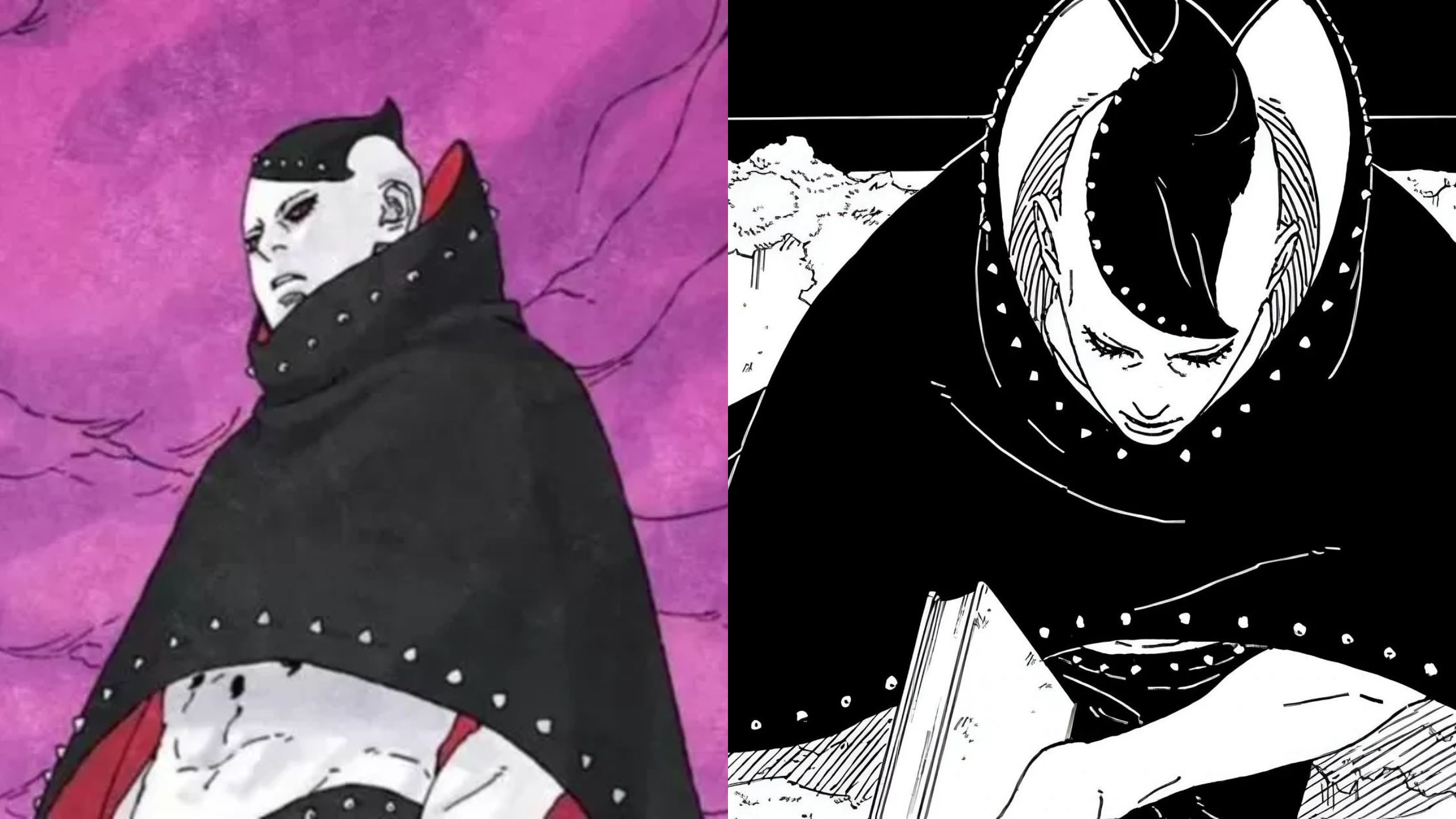
It reminds us that while originality is valuable, the real magic often lies in how familiar ideas are executed, transformed, and brought to life within a unique narrative.
As fans continue to follow Boruto’s journey, they can look forward to more twists, turns, and perhaps even more subtle nods to the vast Miscellany of manga that has come before.
In the manga world, where inspiration and creativity flow freely between works, Boruto and Black Clover serve as examples of how interconnected and dynamic this art form can be.
Whether through overt references or more subtle thematic parallels, the dialogue between these works enriches the experience for fans, offering new ways to appreciate and engage with the stories they love.
As Boruto: Two Blue Vortex moves forward, it will continue to build upon its foundations, crafting a narrative that, while influenced by the past, is distinctly its own.


